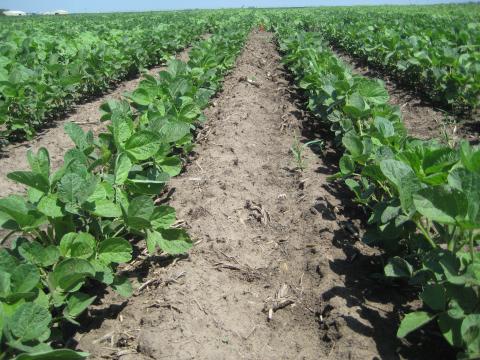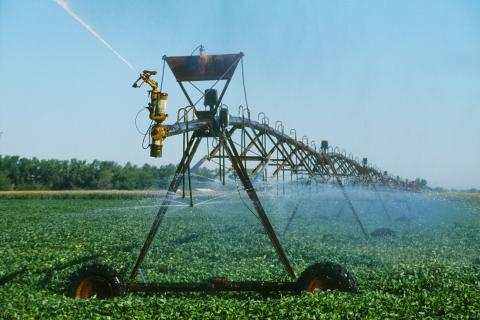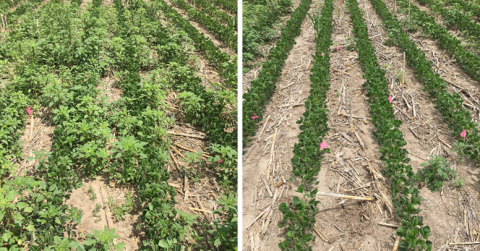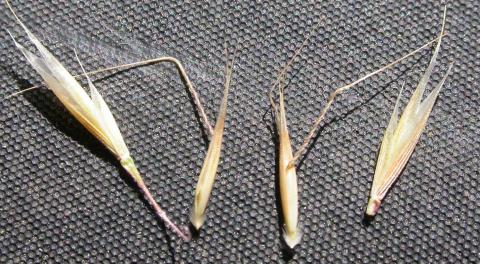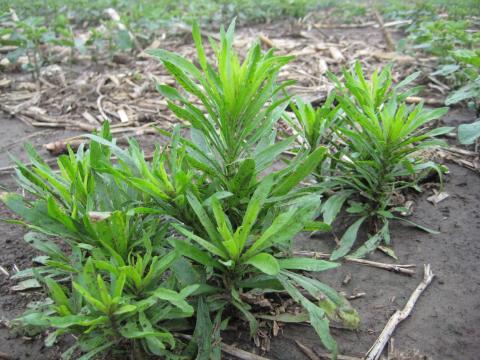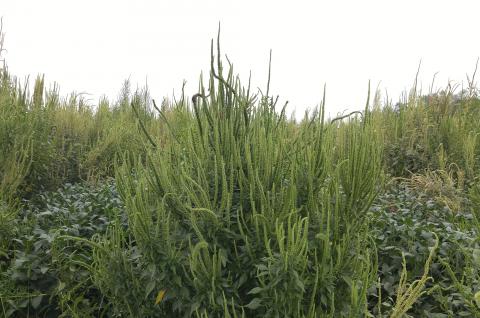Planting Interval of Corn after Previous Year's Soybean Herbicides
April 21, 2017
Corn-soybean is the most common cropping system in eastern Nebraska. While corn growers are getting ready for planting this season, it is important to pay attention to the planting interval of herbicides applied the previous year in soybean. Certain soybean herbicides have relatively longer planting intervals for corn, especially if they are applied post-emergence in soybean. This is particularly important because soybean planting was late last year in much of Nebraska due to May rains. This caused postemergence herbicides to be applied later in the season than they might normally be, making it important that you pay attention to the planting interval.
Planting Soybean after Soybean (Part 2): In-Season Management Considerations
April 13, 2017
In Part 1 of this article, we look at considerations for planting soybean after soybean. In this article, Part 2, we share considerations for in-season management.
Planting Interval of Corn and Soybean after 2,4-D/ Dicamba Burndown Application
April 7, 2017
With cold, wet conditions in March, many producers may be facing a smaller than expected window for making their herbicide burndown applications in April. This makes timely applications now even more important to provide for a proper interval before planting this year.
Keys to Managing Herbicide Resistance in Soybeans
April 6, 2017
Are last year's weed escapes still haunting you? Applying these six key management practices and five key timings can help you improve control of herbicide-resistant weeds this year.
Watching for Ventenata — an Invasive Weed on our Western Horizon
April 5, 2017
Ventenata is an invasive grass in Wyoming that is slowly spreading east. If it does migrate to Nebraska, early detection and rapid response will be essential in controlling its establishment. If it were to become established in the Pine Ridge area or Sandhills, it could devastate the ecology and range production.
Status of Herbicide-Resistant Weeds in Nebraska
March 20, 2017
Nine weed species in Nebraska have now evolved resistance to at least one group of herbicides. Six weed species — common ragweed, common waterhemp, marestail, kochia, giant ragweed, and Palmer amaranth — have confirmed resistance to glyphosate. Rotate herbicide sites of action and weed control practice to avoid contributing to this trend.
Glyphosate-Resistant Palmer Amaranth Confirmed in South-Central Nebraska
March 15, 2017
Palmer amaranth (Amaranthus palmeri S. Wats.) is a C4 dioecious species (separate male and female plants) native to the southwestern United States.
